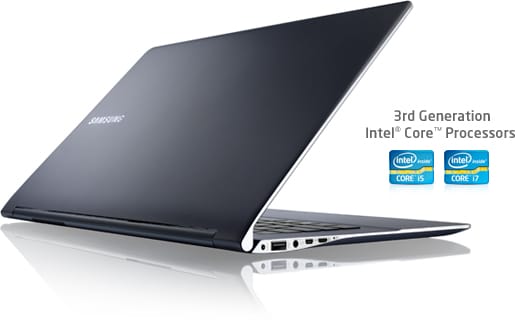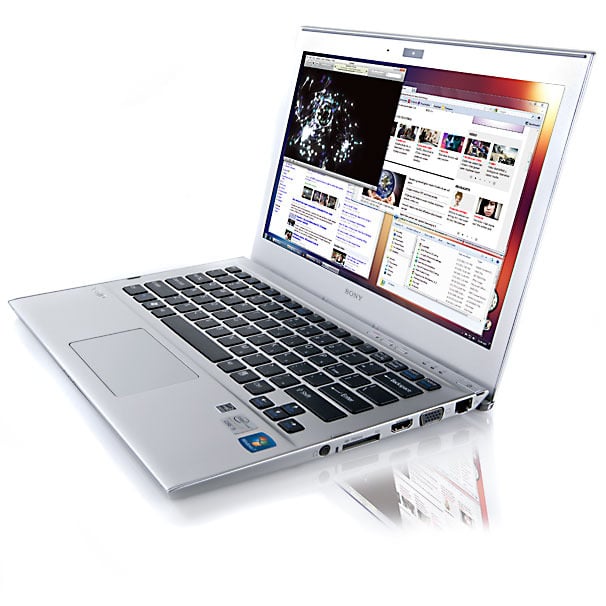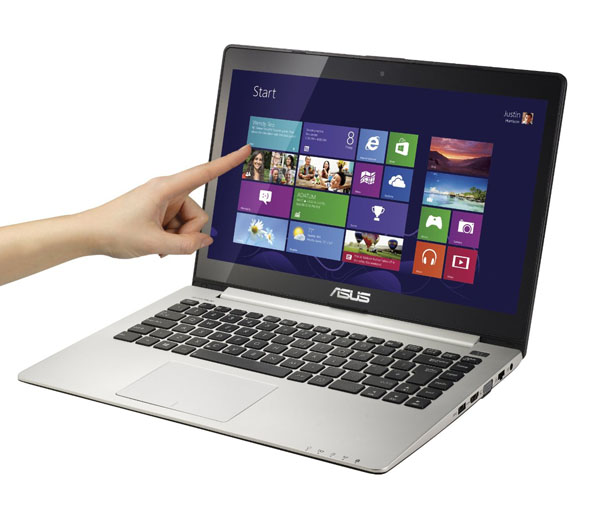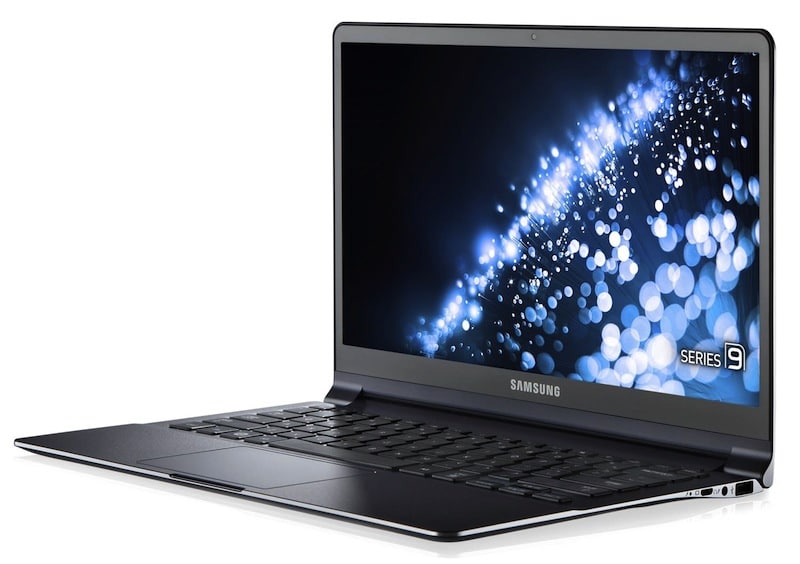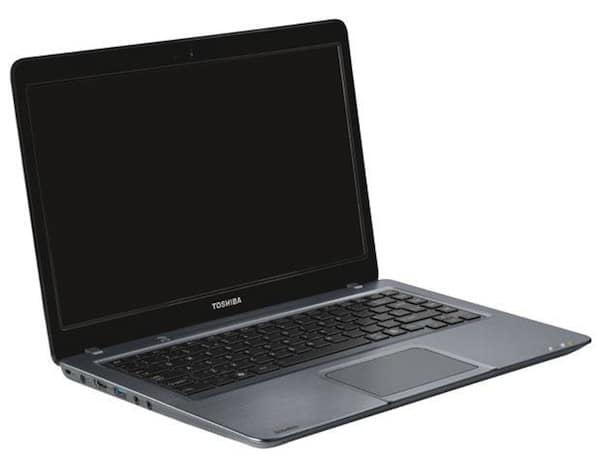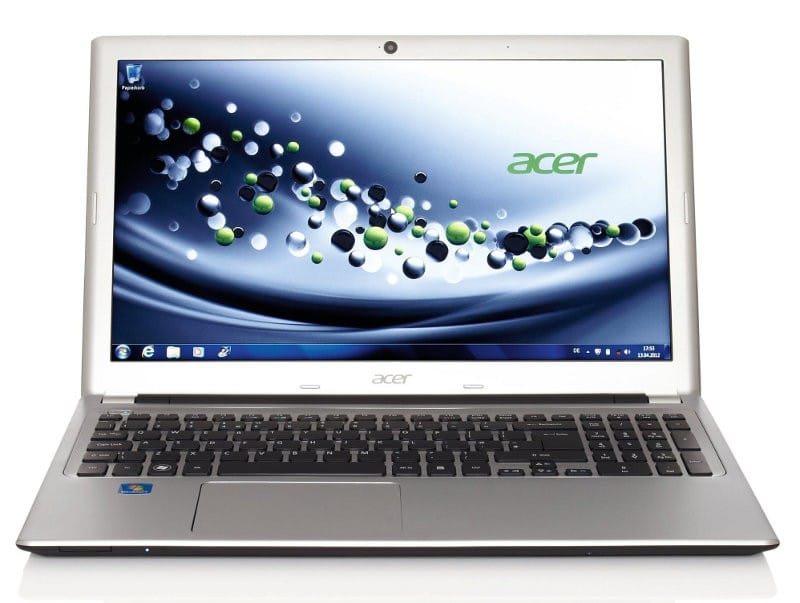Asus Taichi 21: Review
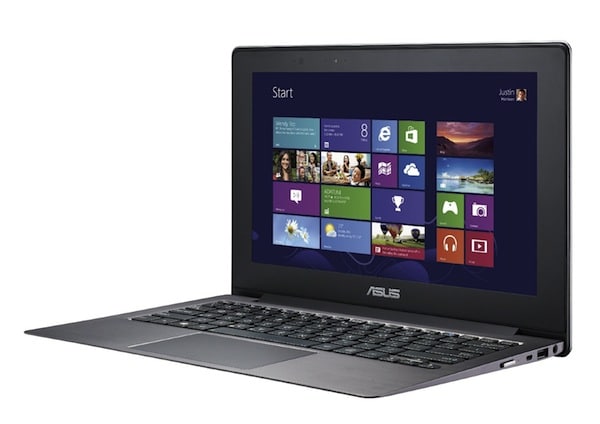
Asus Taichi 21 is an innovative and powerful Ultrabook hybrid, with two screens that allow it to transform from notebook to tablet.
The PC market as a whole has suffered a jolt by the introduction of Windows 8, with producer’s hybrid solutions that they thought they could take advantage of the potential of the new Microsoft operating system. We have seen notebooks with touch screen.
Ultrabook with keyboard docking / removable from turn them into tablets, or a variant of this design on the screen that slides on a sled to lean on the keyboard and get the same result. There was still the original and bold solution from Asus, the Ultrabook Taichi 21 with two screens. Rather than thinking of a design with rotatable screen or sliding, or removable, has maintained the structure of the laptop, integrating a second display on the cover of the main one.
In essence, the Taichi 21 Ultrabook is a thin and relatively light, with two Full HD screens – one of which, the one on the cover, touch – that greatly increase the potential of the laptop, especially in the sharing of content displayed on the screen.
Table of Contents
Asus Taichi 21: Design
When you look at the Asus Taichi 21 closed, you do not notice (or almost) no difference with a traditional Ultrabook, apart from the mirror finish of the cover, which makes it look elegant and futuristic. The glass lid is actually the second screen, which lights up when we open and turn on the PC.
Apart from that touch of class, the Taichi 21 Ultrabook is a fairly traditional in design, reflects the most-recent tradition Asus. The chassis is brushed aluminum matte black, reminiscent of the Zenbook Prime, with its air of understated elegance. The large keyboard, a backlit island and stand out on the basis together with the large multi-gesture touchpad.

The slim silhouette and wedge base, with a maximum thickness of 18 mm at the rear, and narrows the space in which to place the expansion ports acceptable for a number: two USB 3.0 ports, micro HDMI output, a mini VGA connector, headphone jack, volume controls, the necessary switch to the mode of the dual screen, in addition to the power button of the laptop, in a non-usual on the right side. The sharp profile of the base also reduces to a minimum the space for the two small speaker stereo, placed near the lateral edges on the bottom edge.
What disturbs the view in Asus Taichi 21 is the frame of each of the two screens, too wide, reaching nearly an inch thick which makes almost think of a low-cost solution when is a pure concentrate of technology. Surely, with a dual screen 13″ this would not have happened without altering the size of the laptop and consequently restricting the frames of the display, almost to the level of a more modern and stylish frame less design. In any case, the dual screen did not affect too much on the final weight as you would think: Taichi 21 weighs only 1.25 kg.
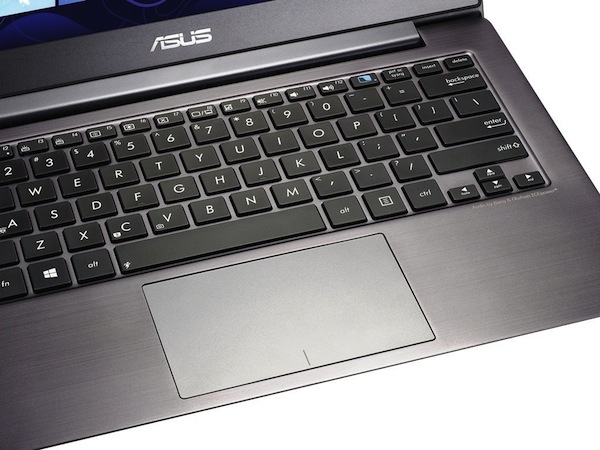
There is no slide or pivot on which slides or rotates the screen, not even a removable base, to turn your laptop into a tablet: Asus has gone further, triggering a second screen on the cover of the first, thus expanding the possibilities of using, especially for content sharing. The work is done in an excellent way, without neglecting anything: both screens are IPS Full HD 11.6″, the main one is traditional and the second is a multi-touch gesture.
There are many ways to use, starting with the most intuitive and used: the screen is switched to the main computer open, the other when closed. You can also play the same content on both panels, to share with people you are talking content, in a sort of presentation, otherwise you can play two different contents simultaneously.
All display modes are controlled with a simple onscreen interface Taichi Home, accessible from the button on the keyboard. Both screens of the Asus Taichi 21 shines for wide viewing angle, accurate color reproduction, richness of detail, the secondary, even more accuracy and responsiveness in the touch control also via dedicated pen.
Do not miss some flaws, though. We must necessarily act on the Power button to turn off or send in suspension Taichi 21 (depends on the choice in the menu of energy savings) after it is closed, otherwise the external display of Ultrabook remains lit. Other minor issues, but not too much, is that the Asus Ultrabook needs special care when transporting, given that the screen has no external protection.
If these judgments are questionable (even the broader framework of both displays that penalizes the aesthetics), the fact that the main screen not touches it limits the usability also, and above all, compared to the potential of Windows 8. This choice, along with that of not integrate a dual screen 13″, was certainly made either as not to impact on the price, already high, both to reduce weight and thickness.
Asus Taichi 21: Performance
The Asus Taichi 21 is equipped with a powerful processor Intel Core i7 3517U, Intel Graphics 4000 graphics with shared memory, 4 GB RAM, 256 GB of storage in the solid state. Other features include a back room by 5 mega pixel camera with auto focus, Which Allows shooting Full HD 1080p, and a front panel with 720p HD resolution. Which, together with microphone with noise reduction of funds, improves the user experience in video conferencing.
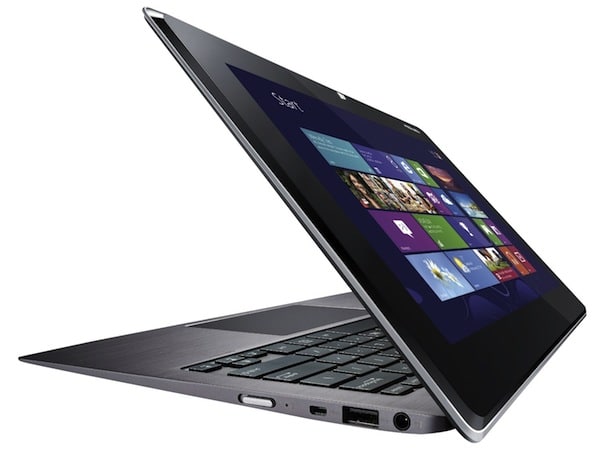
Performance is what you would expect from an Ultrabook with these specs: excellent fluidity and responsiveness of the interface of Windows 8, without slowing down even dual screen (except for the transition from one display mode to another, with a delay a little less than two seconds, the same as, we would if we connect to a projector or external display to a normal Ultrabook).
The system takes the best of all the typical duties of personal productivity, responding to the needs of the professional on the move, while in the private, the integrated graphics chip is in crisis when testing video games of the last generation but not for watching movies.
With this natural propensity to the working environment collides autonomy, not satisfactory for an Ultrabook band of Asus Taichi 21, because it stops at just over three hours for ordinary use (surfing the web on Wi-Fi, writing texts, messaging, social networking, occasional playback of multimedia content). In contrast, even during intense tasks and / or multitasking, the temperature of the base is always fresh, the cooling fans relatively quiet even when watching a movie.
Too bad that the multimedia experience is limited by the audio industry, which, while taking advantage of the Asus SonicMaster technology co-developed with Bang & Olufsen ICEMASTER, does not shine for power and dynamics of the sound, only the bass response is satisfactory in proportion to the tiny speakers.
Conclusion
The Asus Taichi 21, although not in all a perfectly successful product, it is a fascinating Ultrabook. Apart from a few gaps in the design and limitations of use, a pleasure to use by exploiting the dual display to suit your needs, from a classic to a more manageable Ultrabook tablet in our opinion.
Asus Taichi 21 acquires full meaning only for those who need in their work, to share documents and presentations with its stakeholders (freelancer, teacher, etc.).. In this context, with a dual display 13″ and up to a range of a modern Ultrabook (at least five hours), Asus Taichi 21 easily become a reference product for performance and versatility.
Where to Buy Asus Taichi 21


Features
Size
Performance
Value of Money
PROS : Excellent quality for both screens, innovative design, high computing power.
CONS : Improved aesthetics, the main screen is not touch, autonomy below average, above-average price.Product prices and availability are subject to change. Any price and availablility information displayed on Amazon at the time of purchase will apply to the purchase of any products.

